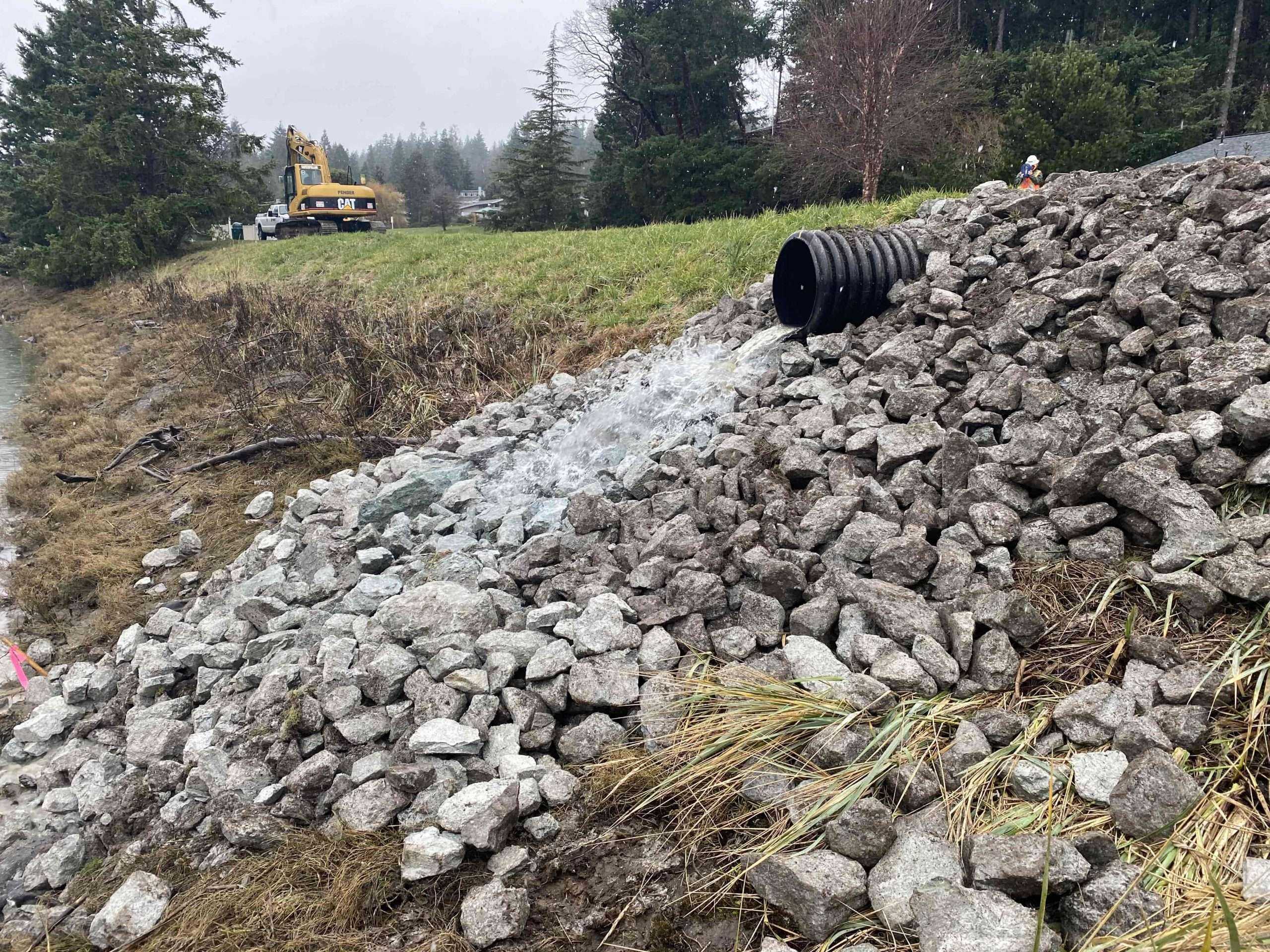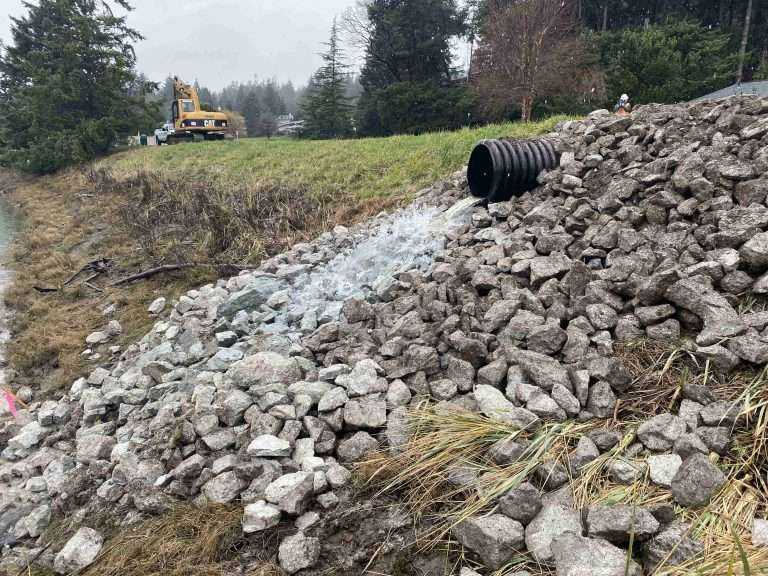What Is Stormwater Management?
Stormwater is excess rain and melted snow that runs off onto hard surfaces such as pavements and roads. Usually, this water is absorbed into the soil and plant beds. However, by hitting hard surfaces like pavements and road ditches, it transfers debris, chemicals, bacteria, and poor-quality soil into streams, rivers, or wetlands.
This excess runoff is harmful to both humans and the environment. It can lead to flooding and property damage if not managed properly. It can also cause soil erosion, which washes away important topsoil for future plant growth.
To prevent these things from happening, it is important to have good stormwater management systems in place. Here is everything you need to know about stormwater management, why it’s important, and the different methods that can be used.
What Is Stormwater Management?
Stormwater management involves putting systems or infrastructure in place to prevent excess runoff. There are two main approaches to this. The first approach involves harvesting stormwater and reusing it thereafter. This approach can use water for practices such as landscape irrigation and flushing toilets.
Secondly, runoff capture may occur through management systems that release the water into storm drainage systems and the ground in a more controlled manner. This technique is useful for refreshing underground aquifers and recharging groundwater.
Stormwater management is essential to incorporate into developments. It prevents flooding, soil erosion, muddiness, and polluted waterways.
Methods For Managing Stormwater Runoff
There are several best management practices to adhere to when attempting to manage stormwater. Before implementing any practices, it is essential to review the local and state regulations. This will ensure that your stormwater management techniques keep in line with the regulations.
The first step to take before working out the method most suited to your stormwater management needs is to inform yourself and on where rainwater and snowmelt flow occurs in and around your property.
Following this step, you can assess and identify the most suitable method for managing stormwater. It’s always a good idea to consult a professional. This will help to ensure that you install the best management system for your property or development.
Infiltration Trenches
Infiltration techniques are a useful measure to manage stormwater runoff. However, you should use them in addition to other methods.
Infiltration trenches involve digging shallow trenches and then filling them with aggregate. This aggregate could include things such as sand, gravel, or crushed stone. This will help to collect stormwater runoff and slowly release it back into the surrounding soil.
Due to the shallow nature of these trenches (between 3 to 12 feet), they are more effective solutions for areas with smaller, less frequent storms. They require careful, constant maintenance and surveillance as they can result in groundwater contamination if not managed properly.
Permeable Concrete and Pavement
Permeable pavement and concrete systems are an effective means to mitigate the harmful effects that usually result from stormwater runoff. They act as an intermediary method to decrease runoff.
These systems feature small voids in the pavement surface that allow stormwater to slowly filter through. Below the pavement or concrete is an aggregate base followed by soil.
Permeable pavers are similar but feature a system of interlocking blocks with joints or cracks between them. These cracks, usually filled with aggregate, allow the water to filter through thereby reducing flooding and runoff.
This stormwater management method directs water to the ground below the base. Or, it sends it to a reservoir to be released into the soil.
Underground Storage
Collection tanks, basics, or cisterns are also useful methods for underground storage that control volume and collect water runoff.
These underground storage systems can come in various forms. They can be concrete, plastic, steel, or fiberglass. They are easy to place in non-traffic areas, in roadways, or beneath parking zones. Thereafter, you can release the stored water into local aquifers or sewers.
Alternatively, you can use the water for other purposes. For example, evaporative cooling towers, washing cars, and irrigation. Or, you can let it infiltrate back into the groundwater supply.
Green Roofs
Green roofs are a method growing in popularity as a more sustainable means of managing stormwater runoff. Vegetation covers these roofs, making evapotranspiration and infiltration of stored water possible.
This process occurs through water collection by the substrate. The plants then use the water before returning it to the atmosphere through transpiration.
Building requirements to consider for green roofs include the structural prerequisites to support the weight of vegetation. Although it might be tempting to adopt a green roof on any building, careful assessment is necessary to ensure roof suitability.
Final Thoughts
Whether you are looking to redevelop existing sites or design a new one, it is crucial to consider stormwater management. If you need help or are unsure, feel free to contact us at CF Excavating. We can give you advice on your project to ensure that you have a proper stormwater management system in place.


